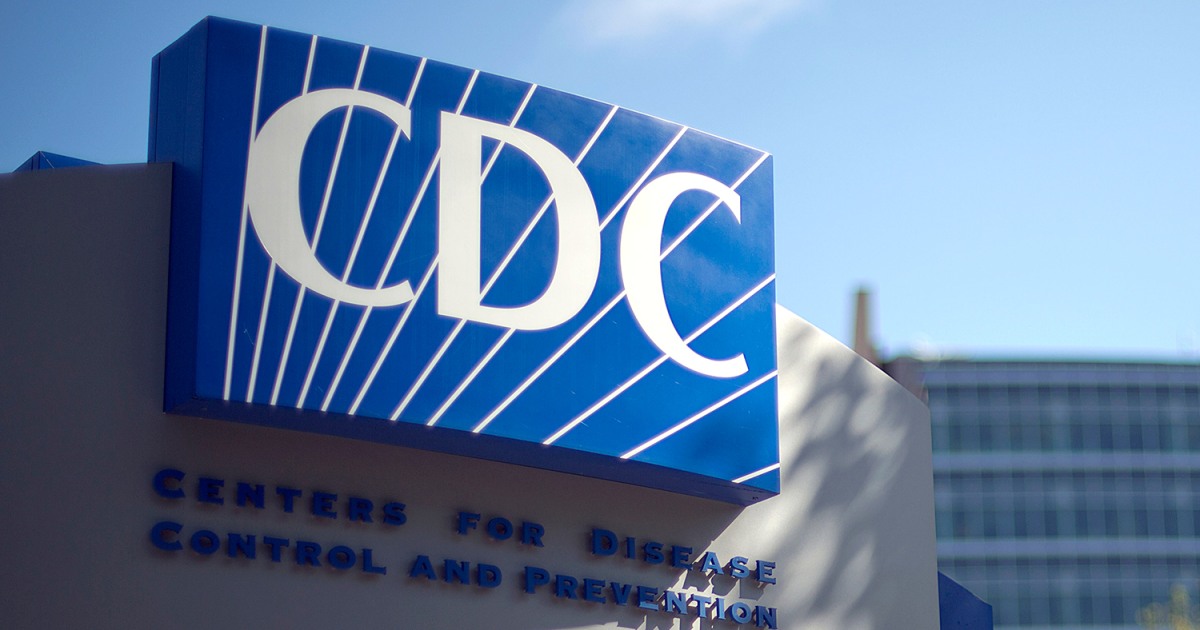
The Centers for Disease Control and Prevention (CDC) has quietly scaled back one of its most critical foodborne illness monitoring programs. As of July 1, 2025, the Foodborne Diseases Active Surveillance Network (FoodNet) has reduced its efforts to track only two significant pathogens: Salmonella and Shiga toxin-producing E. coli (STEC), leaving health experts concerned about the broader implications for public health.
What Is FoodNet and Why Does It Matter?
FoodNet, established in 1995, is a federal-state collaboration between the CDC, the Food and Drug Administration (FDA), the Department of Agriculture (USDA), and 10 state health departments. The program actively monitors foodborne diseases and has been a cornerstone of the United States’ food safety initiatives, covering approximately 54 million Americans or 16% of the population. Its active surveillance system helps public health officials rapidly identify trends and respond to outbreaks.
Previously, FoodNet assessed infections caused by eight pathogens: Salmonella, Shiga toxin-producing E. coli, Campylobacter, Cyclospora, Listeria, Shigella, Vibrio, and Yersinia. Now, only Salmonella and STEC are being actively tracked, and experts fear this reduction could compromise food safety efforts nationwide.
Why Has the CDC Scaled Back FoodNet?
The CDC explained that budget constraints were a key driver behind this decision. According to a spokesperson, funding has not kept pace with the increasing costs of maintaining active surveillance for all eight pathogens. As a result, the CDC chose to narrow its focus to prioritize core programs.
While other federal surveillance systems, such as the National Notifiable Diseases Surveillance System and the CDC’s Listeria Initiative, continue to monitor some of these illnesses, these systems rely on passive reporting. This means the CDC depends on state health departments to voluntarily report cases, which is less comprehensive compared to FoodNet’s active investigations.
Concerns Among Health Experts
Public health professionals are alarmed that this reduction could hinder the ability to monitor foodborne illness trends or respond swiftly to outbreaks. Dr. J. Glenn Morris, director of the Emerging Pathogens Institute at the University of Florida, expressed his concerns: “Essentially, CDC is backing off on one of their best surveillance systems.”
Barbara Kowalcyk, director of the Institute for Food Safety and Nutrition Security at George Washington University, called the move “very disappointing.” Kowalcyk, whose son tragically passed away from a foodborne E. coli infection in 2001, emphasized that years of progress in food safety may be undone due to insufficient federal funding.
What Does This Mean for Food Safety?
Without the comprehensive monitoring that FoodNet provided, identifying emerging foodborne pathogens and tracking outbreak trends will likely become more challenging. While states are not prohibited from conducting their own surveillance, many may struggle to allocate resources without federal funding. For instance:
- The Maryland Health Department plans to continue full pathogen reporting due to state requirements.
- The Colorado Department of Public Health stated it would reduce activities if CDC funding is further scaled back in 2026.
This shift in priorities raises broader questions about federal support for food safety initiatives. With the CDC requesting the same $72 million food safety budget as in past years, experts worry this may signal a trend toward reduced vigilance in safeguarding public health.
Protecting Yourself at Home
Amid these changes, proactive steps in your own kitchen can help reduce your risk of foodborne illnesses. Here are some tips:
- Always cook meat, poultry, and seafood to their recommended temperatures.
- Wash raw produce thoroughly under running water.
- Avoid cross-contamination by using separate cutting boards for raw meat and fresh produce.
- Store perishable items in the refrigerator at 40°F (4°C) or below.
Additionally, investing in quality kitchen tools like the ThermoPro Digital Food Thermometer ensures your food is cooked to safe temperatures, reducing the risk of harmful bacteria.
Final Thoughts
The CDC’s decision to scale back FoodNet underscores the need for sustained investments in public health infrastructure. While the program’s narrowed scope may help prioritize essentials, it also leaves gaps in the nation’s food safety net. Advocacy for increased funding and public awareness are critical to preserving the progress made over the last 30 years in combating foodborne illnesses.






